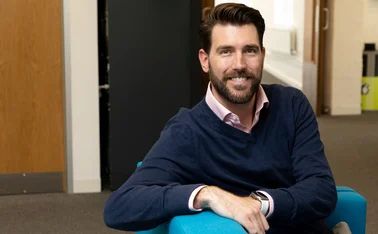
In Depth: The fruits of the future: The benefits of technology

Eleanore Robinson investigates how modern technology can help the insurance industry move forward with greater flexibility by drawing parallels from other industries to educate brokers on how these technological changes can benefit them long-term
Software updates have become part of daily life – a necessary process to make sure our technology is running at its optimum standard. These small, incremental changes, while a slight nuisance at the time, are future-proofing software systems, making them more effective for longer.
The technology is there to move us forward, with greater flexibility than it has in the past. So, why haven’t we, in the insurance space, followed in the footsteps of Microsoft, Apple and Google, where future-proofing
Only users who have a paid subscription or are part of a corporate subscription are able to print or copy content.
To access these options, along with all other subscription benefits, please contact info@insuranceage.co.uk or view our subscription options here: https://subscriptions.insuranceage.co.uk/subscribe
You are currently unable to print this content. Please contact info@insuranceage.co.uk to find out more.
You are currently unable to copy this content. Please contact info@insuranceage.co.uk to find out more.
Copyright Infopro Digital Limited. All rights reserved.
As outlined in our terms and conditions, https://www.infopro-digital.com/terms-and-conditions/subscriptions/ (point 2.4), printing is limited to a single copy.
If you would like to purchase additional rights please email info@insuranceage.co.uk
Copyright Infopro Digital Limited. All rights reserved.
You may share this content using our article tools. As outlined in our terms and conditions, https://www.infopro-digital.com/terms-and-conditions/subscriptions/ (clause 2.4), an Authorised User may only make one copy of the materials for their own personal use. You must also comply with the restrictions in clause 2.5.
If you would like to purchase additional rights please email info@insuranceage.co.uk








